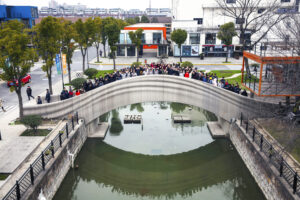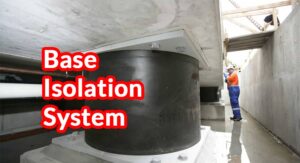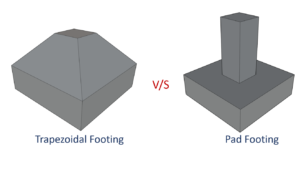
Why are there stones on railway tracks?
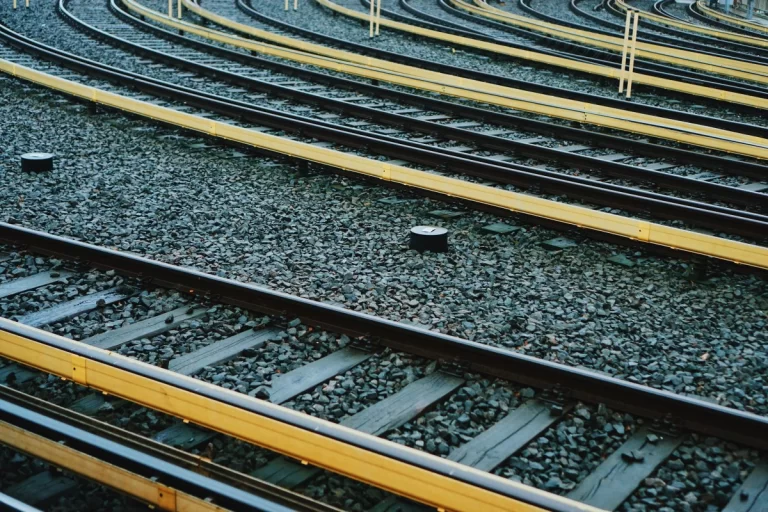
A train journey can be a very soothing and wonderful travel experience. However, most of us must have wondered at least once in our lives why there are stones on railway tracks. These crushed stones are called track ballast and they help keep the train tracks in place.
What is track ballast?
Track ballast is the collective term for the crushed stones on railway tracks. They form the trackbed and are packed around railway tracks. They form the ground for the railway sleepers which are used to keep the railway tracks upright and properly spaced.
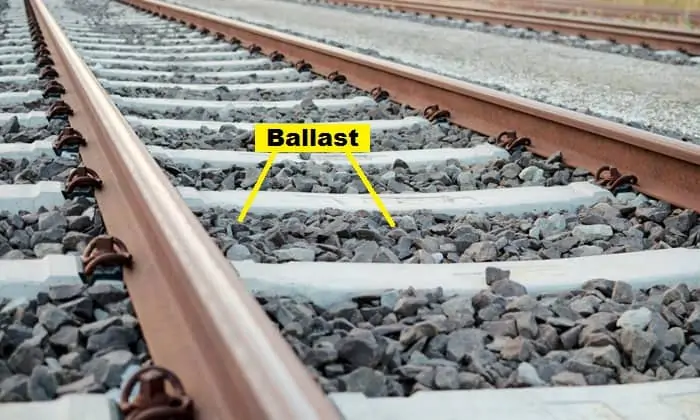
Sleepers used to be made of wood earlier but now they are mainly created with pre-stressed concrete.
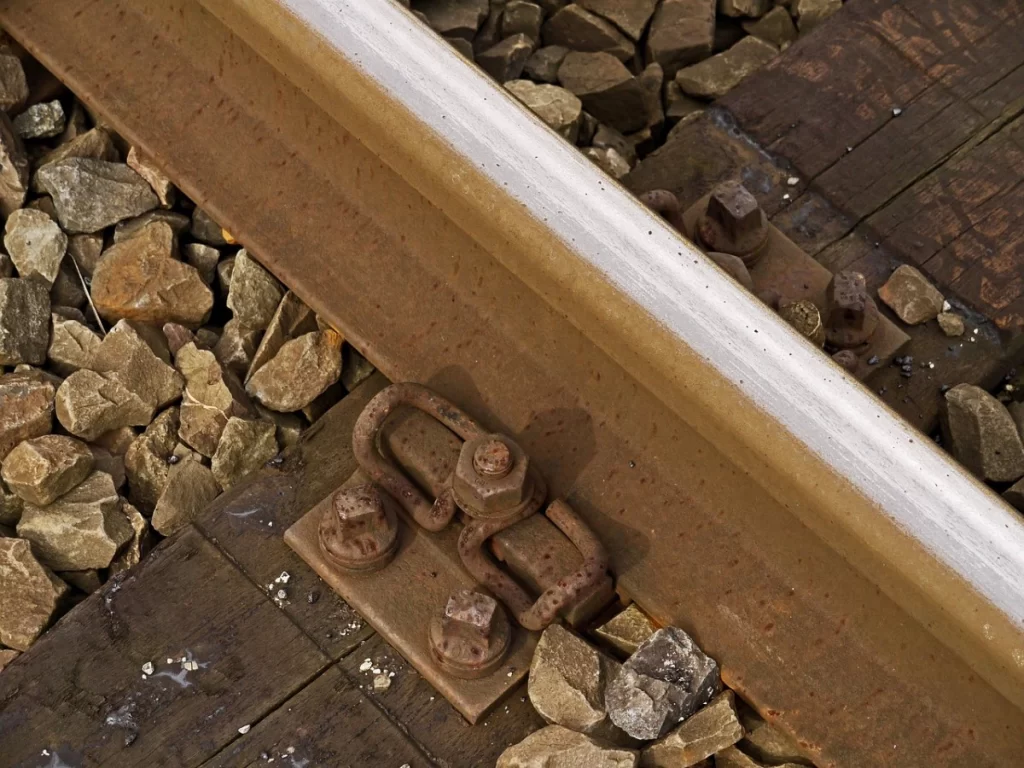
Why is only a certain type of stone used on railway tracks?
Track ballast cannot be made with any kind of stone. If smooth, round pebbles like the ones on river beds or used for decoration were used on railway tracks, they might roll over or slide against one another when a train passed on the railway lines.
Thus, the wrong type of stone wouldn’t fulfil the main function of track ballast to provide support to the railway tracks. Only stones which wouldn’t move around much would suit the job.
That is why sharp edges stones are used on railway tracks for track ballast.

Other functions of track ballast
Apart from holding the railway lines in place and providing support for heavy trains to pass on, here are the other functions of the stones called track ballast:
1. The stones don’t allow vegetation to grow on railway tracks which could weaken the ground on which the railway lines run.
2. Track ballast also keeps water from reaching the track on a regular basis and softening the ground. It doesn’t completely seal off water from the railway tracks but it facilitates proper drainage beneath or around the tracks to ensure that the water doesn’t stay on it.
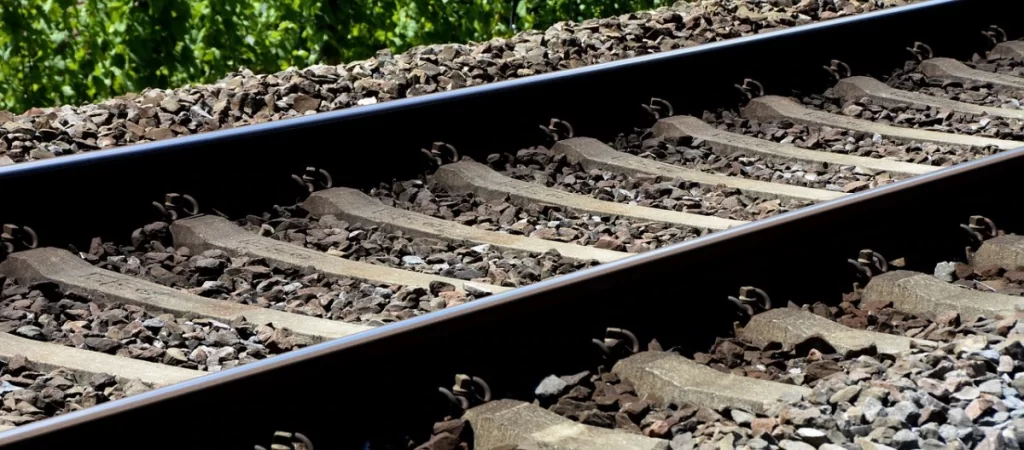
Technique used to minimise railway vibrations
The immense vibration of a passing train is a threat to nearby buildings apart from the loud noise which is a problem too.
Railways use a clamping technique to minimise vibrations consisting of EPDM or Ethylene Propylene Diene Monomer rubber which is highly resistance to heat, water and other mechanical strains. This helps noise and vibration to be reduced to a great extent.
Now that you know the crucial function of track ballast and why there are stones on railway tracks, make sure you don’t keep picking stones from the tracks to chuck them outside!



